Your cart is currently empty!
A Chinese Sleeping Beauty and Rapunzel story–The Peony Pavilion
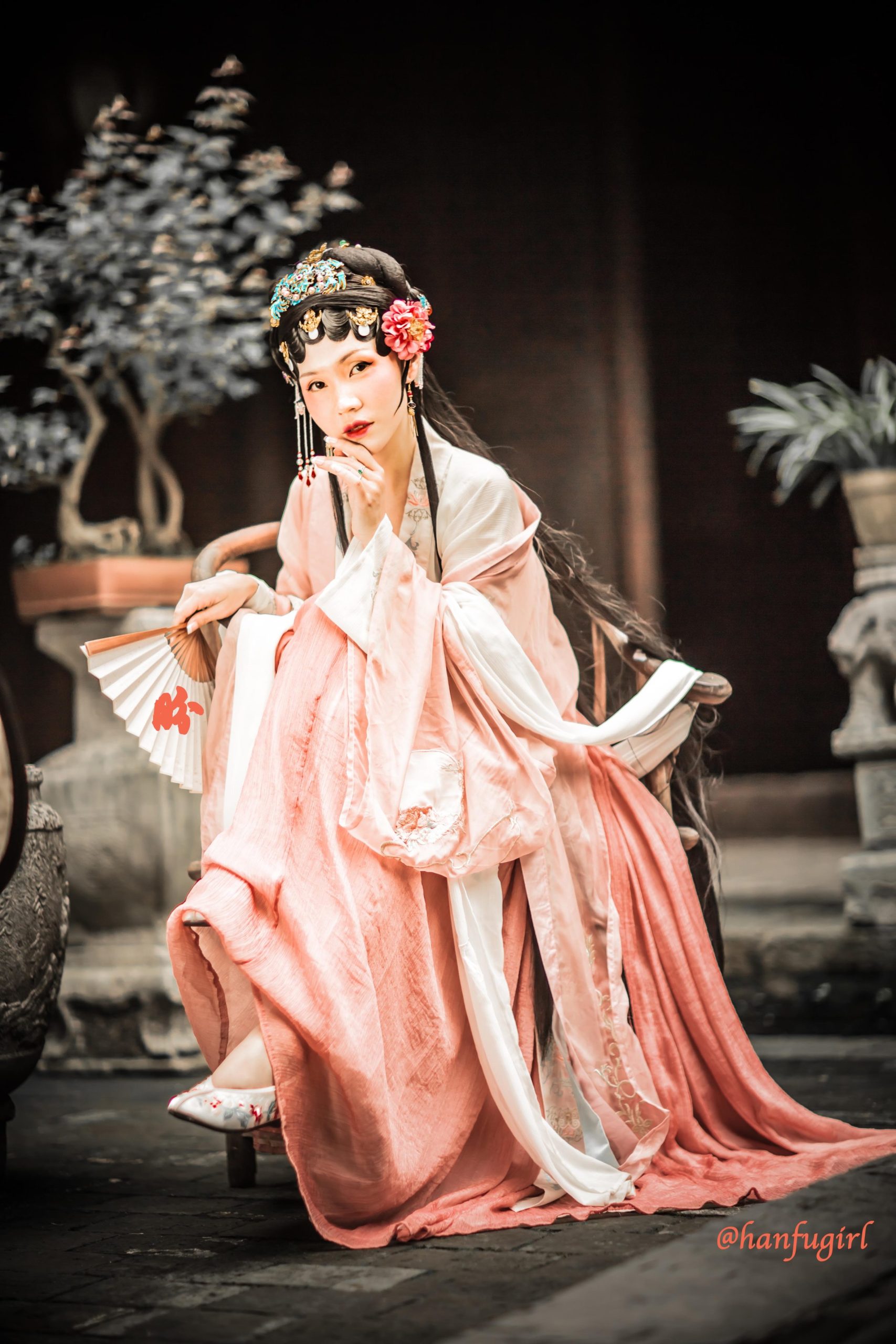
Death and controlling family members seem to be a popular theme in love stories, and sometimes act as some kind of catalyst or prerequisite of some great display of love. Think about Romeo and Juliet, Sleeping Beauty and Rapunzel, and in this instance, The Peony Pavilion. If you’ve been following this blog, you’d love how much I enjoy comparing the East with the West–we aren’t so different after all!
I did a few comparisons of such in my Disney princess x Chinese ancient beauties series and my Sailormoon x Ancient Chinese goddesses series. As I’m not very familiar with Chinese Opera repertoirs, I completely missed the similarity between the original story of Sleeping Beauty and that of the Peony Pavilion. Since I did a Chinese Opera-inspired shoot a while back (like eons ago actually), thought of just adding this to that list of East meets West series. The Peony Pavilion is one of the greatest classics of Chinese Opera pieces and it would be a waste to not share!
Tiger Moms & Rebellious Teens
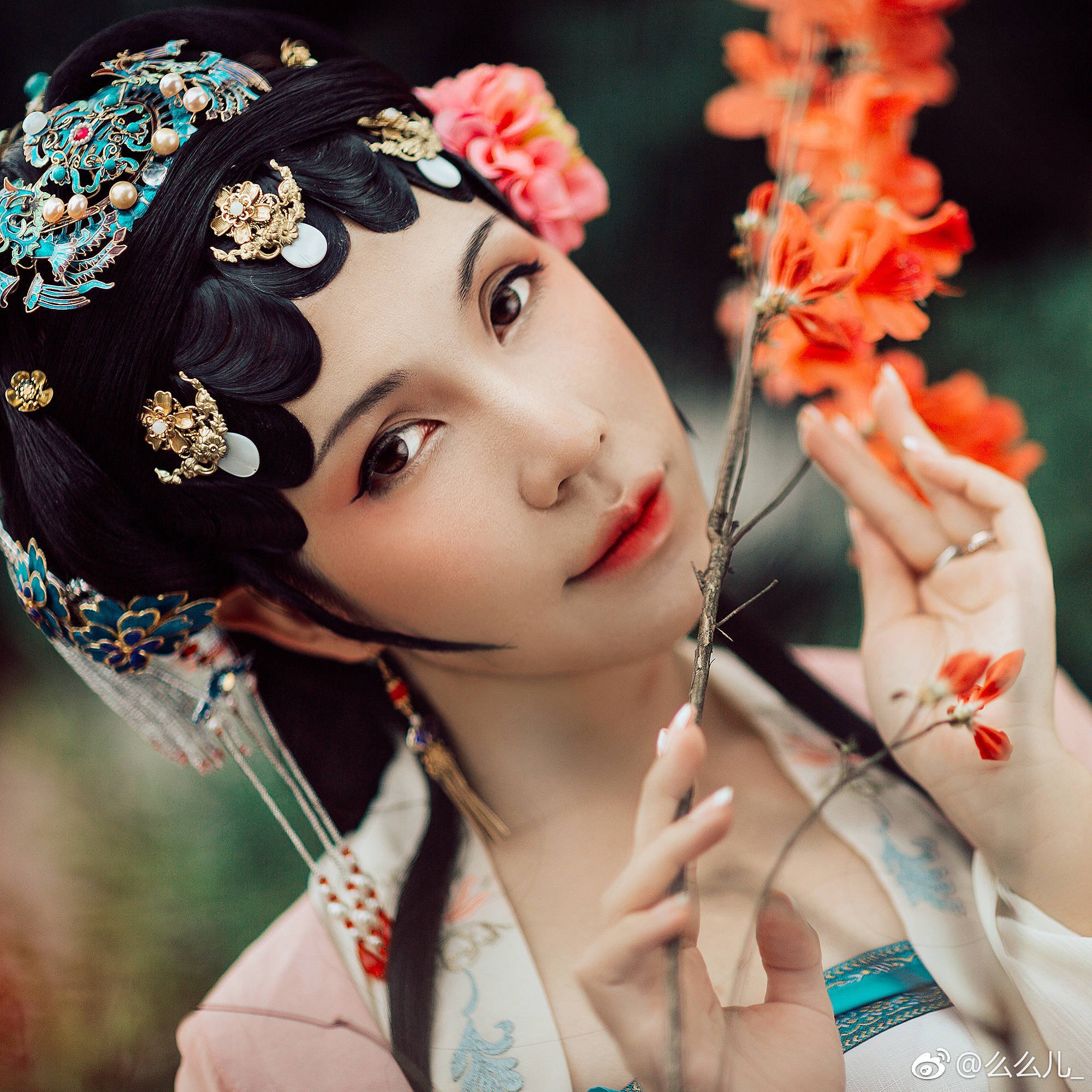
Love has never been a walk in the park in great love stories, but it sure started as one for The Peony Pavilion. The female protagonist, Du Liniang, a 16 yr old girl is just a Chinese version of Rapunzel. She was trapped within the four walls of her house (not even ventured into her own backyard). She has a controlling mother who is probably an ancient version of Tiger moms, yes, no love interest before Uni kind of moms. Her mom was so controlling that she would reprimand her daughter for taking an afternoon nap, and forbade her from going to their backyard garden because it was technically a public space where men from outside their household could pass by.
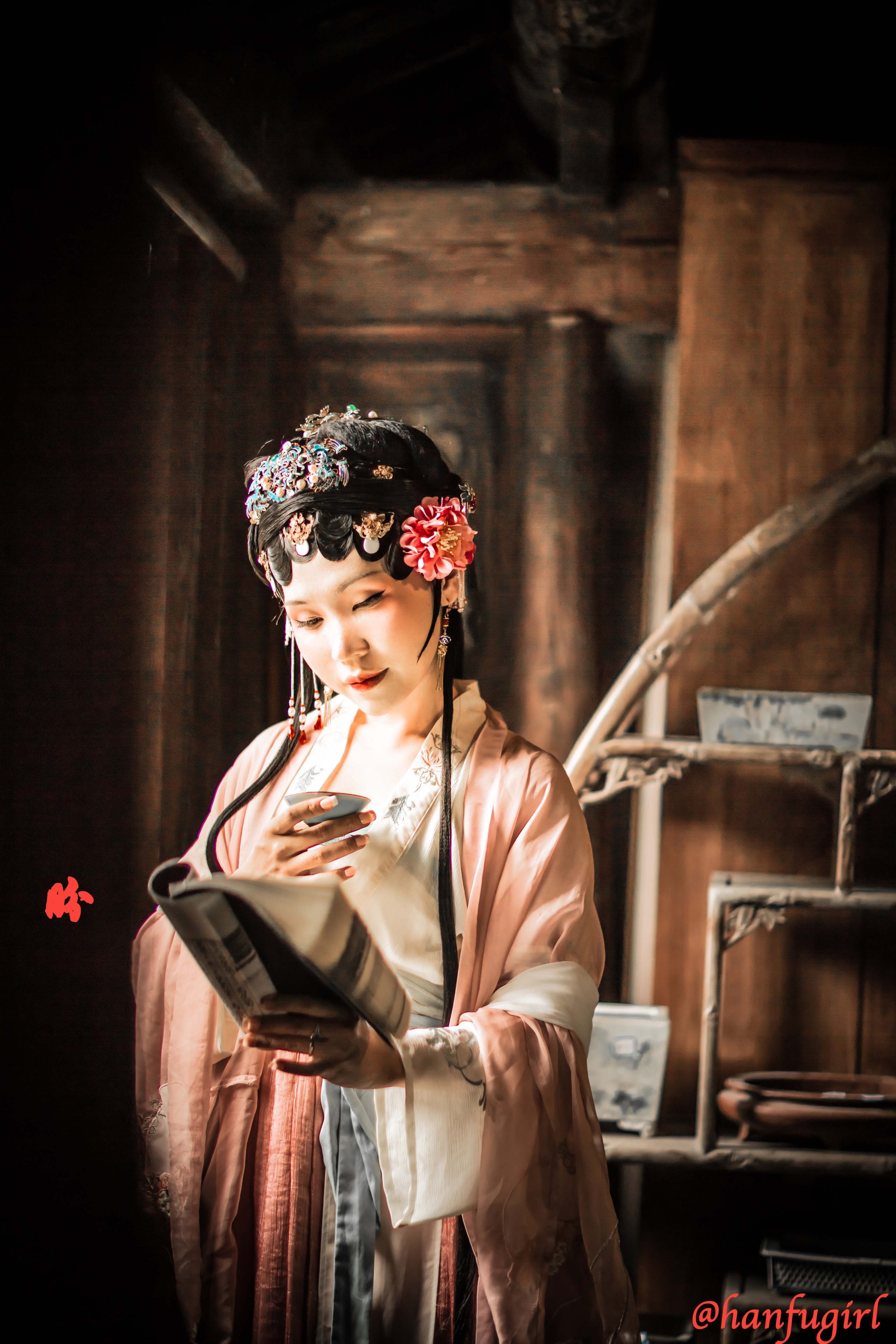
The protagonist was exposed to a love ballad in class (without proper sex education prior), and it primed her sexual instincts which ended up with her walk in the garden and her eventual sexual fantasy and death.
But it is precisely because of such strong oppressive environment that just a little transgression can result in huge impact on the female protagonist. So she went into the garden one day for literally a walk in the park, and ended up falling asleep having a wet dream. Yes, you’d have thought locking Rapunzel up in that huge tower would stop her from fantasizing and falling in love. So Tiger Moms 0: Rebellious Teens 1 for both stories.
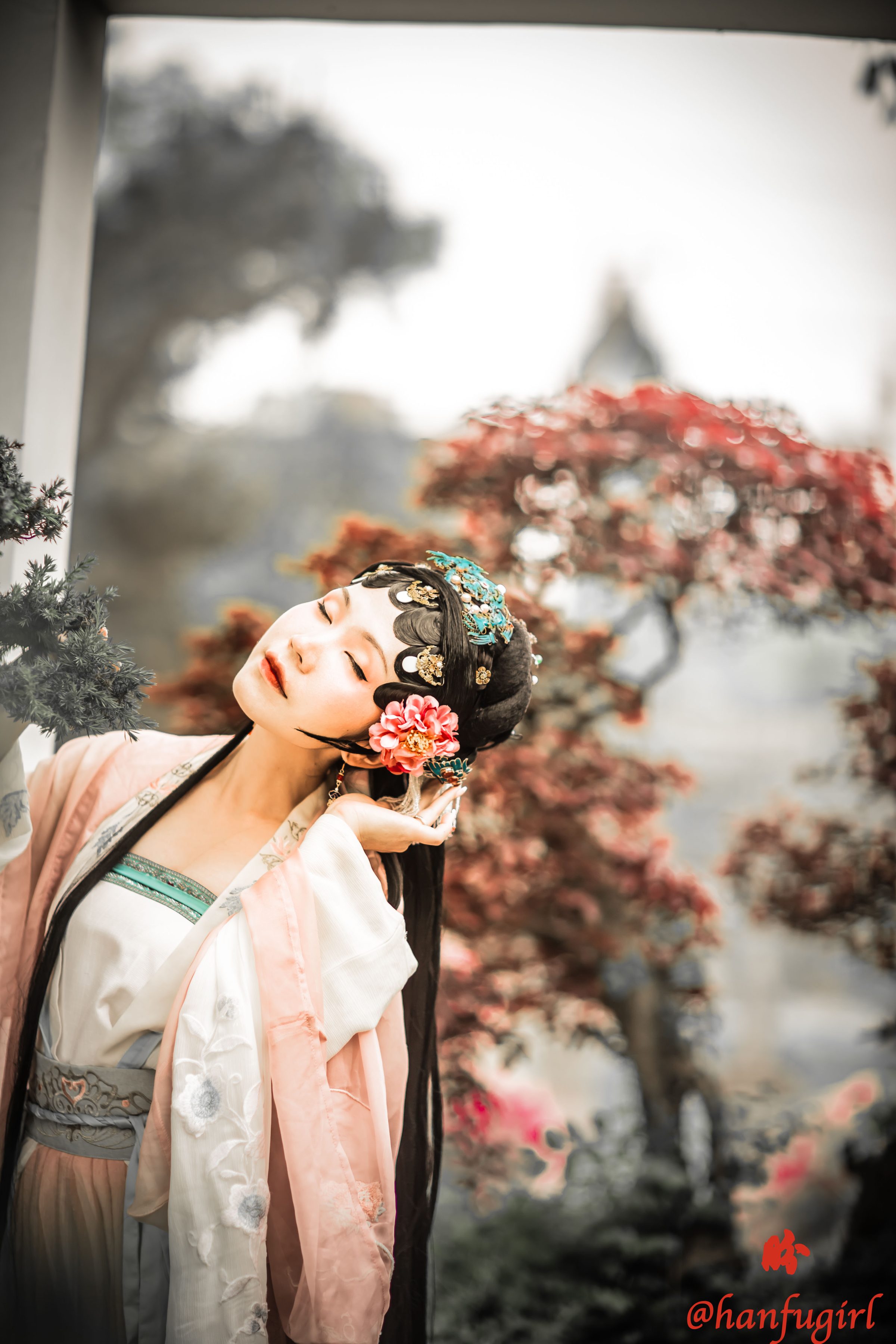
RAPE OR WET DREAM
In the original Sleeping Beauty story, Sleeping Beauty was actually unconscious when the King who happened to discover her castle found her and had sex with her. In today’s culture and by today’s moral standards, we call that rape, but during the time period where the story was written, it was probably seen as somewhat of a romantic thing, perhaps like the idea of a wet dream where reality and dream are blurred. This was the case for the female protagonist in the Peony Pavilion where she dreamt that she was mating with a young scholar.
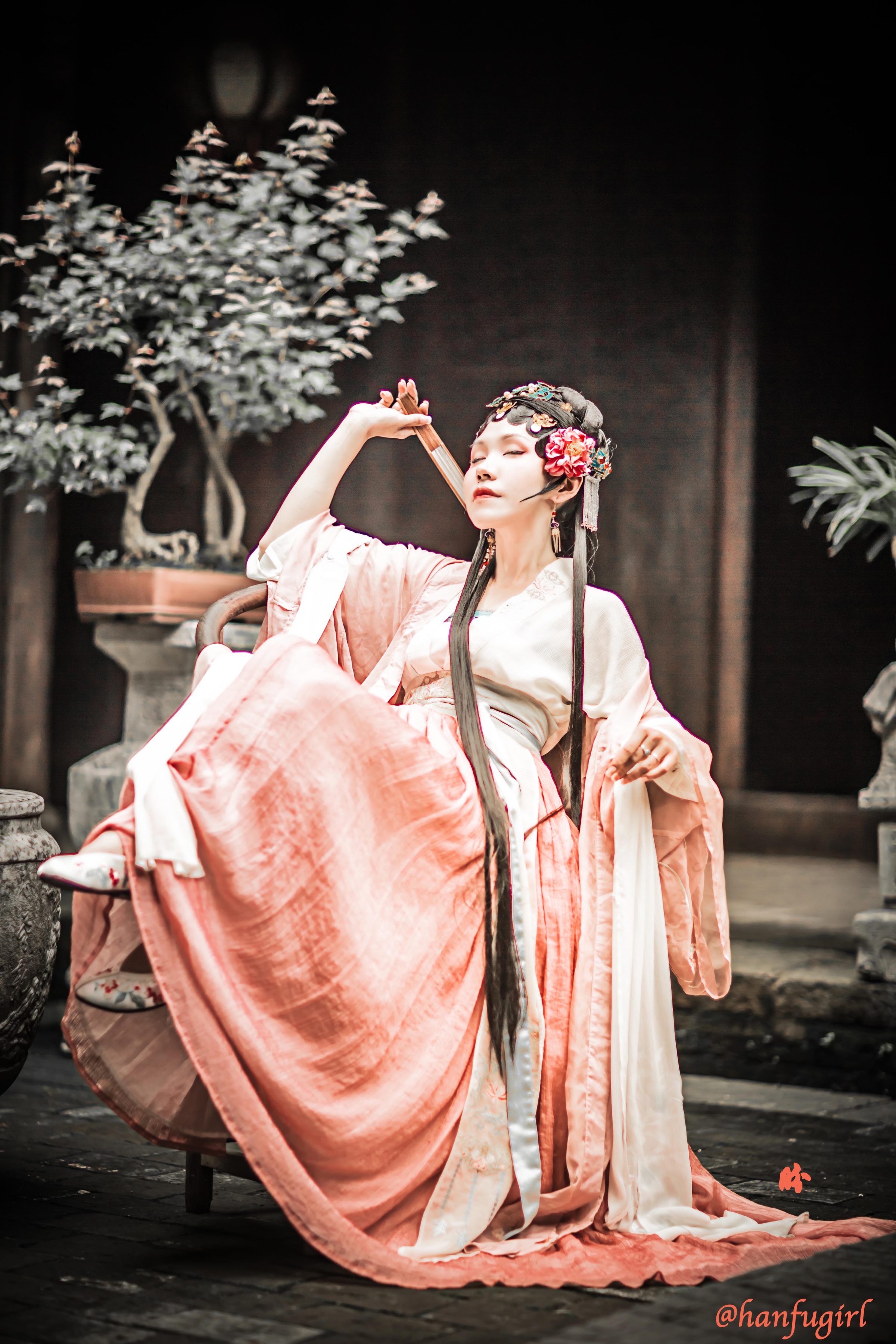
Now, dreams are a very important aspect of storytelling in many civilisations (if not all). And the famous Chinese philosopher Zhuangzi’s Butterfly Dreaming story best articulates this state of being:
One night, Zhuangzi dreamed of being a butterfly — a happy butterfly, showing off and doing things as he pleased, unaware of being Zhuangzi. Suddenly he awoke, drowsily, Zhuangzi again. And he could not tell whether it was Zhuangzi who had dreamt the butterfly or the butterfly dreaming Zhuangzi.
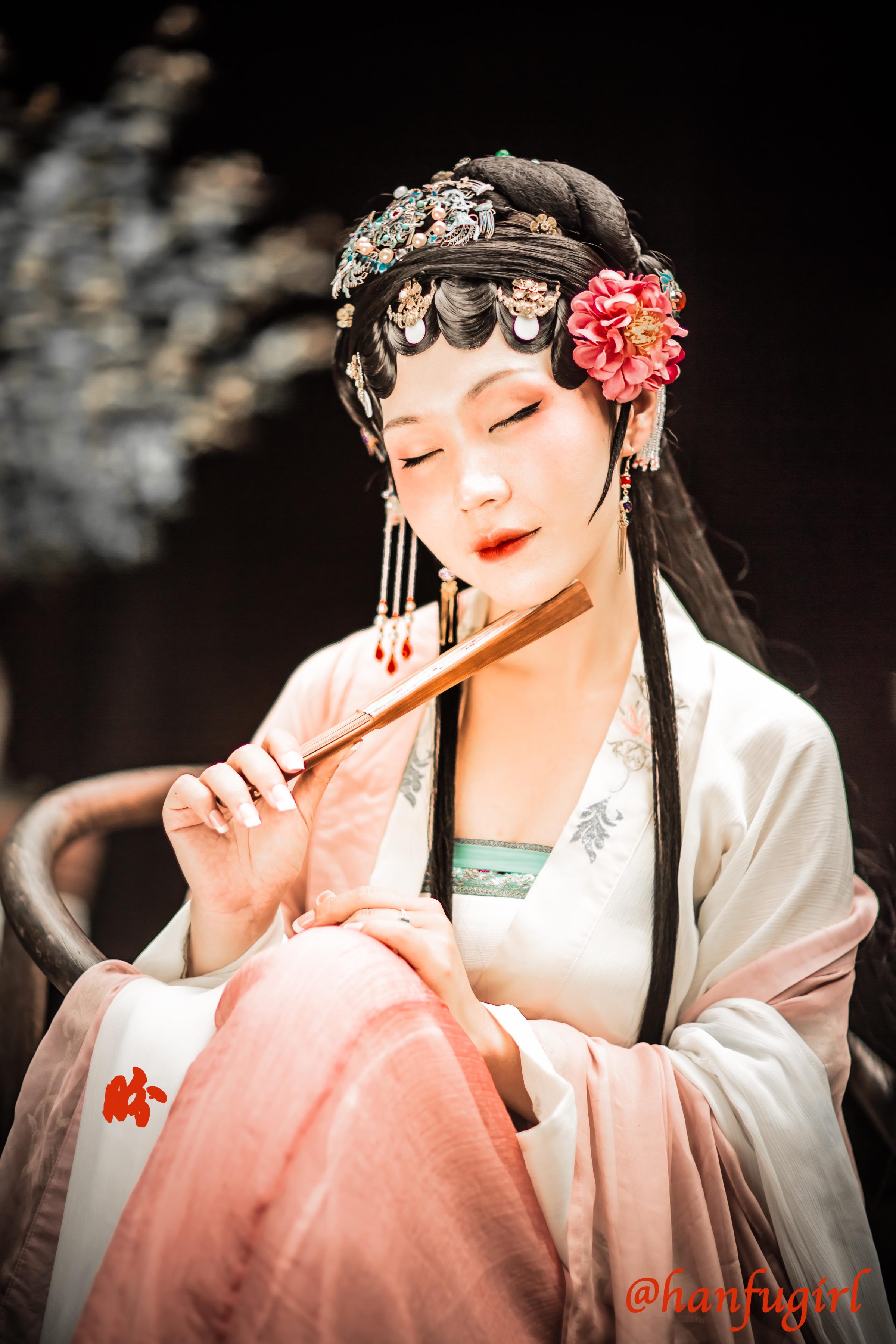
She was woken up by a falling petal which ended her dream love affair prematurely (yea, no marriage=no proper ending for the ancient Chinese). After which, she couldn’t take her mind off the encounter, eventually fell ill and passed away.
DREAMS, DEATH & REALITY
Sleeping Beauty in the original story got pregnant with a pair of twins while she was in a coma, and after given birth to them in her unconsciousness (!?!?) they tried to reach out to her for feeding with help from two fairies. Instead of reaching for her nipples, they mistook her fingers for it and one of the twins sucked the finger so hard the splinter of the flax that caused her to fall into a deep sleep came off, and she woke up. You know, it must have hit a certain acupuncture spot if I were to think about it from a Chinese traditional medicine perspective. So Sleeping Beauty woke up from her dream into the reality with two kids.
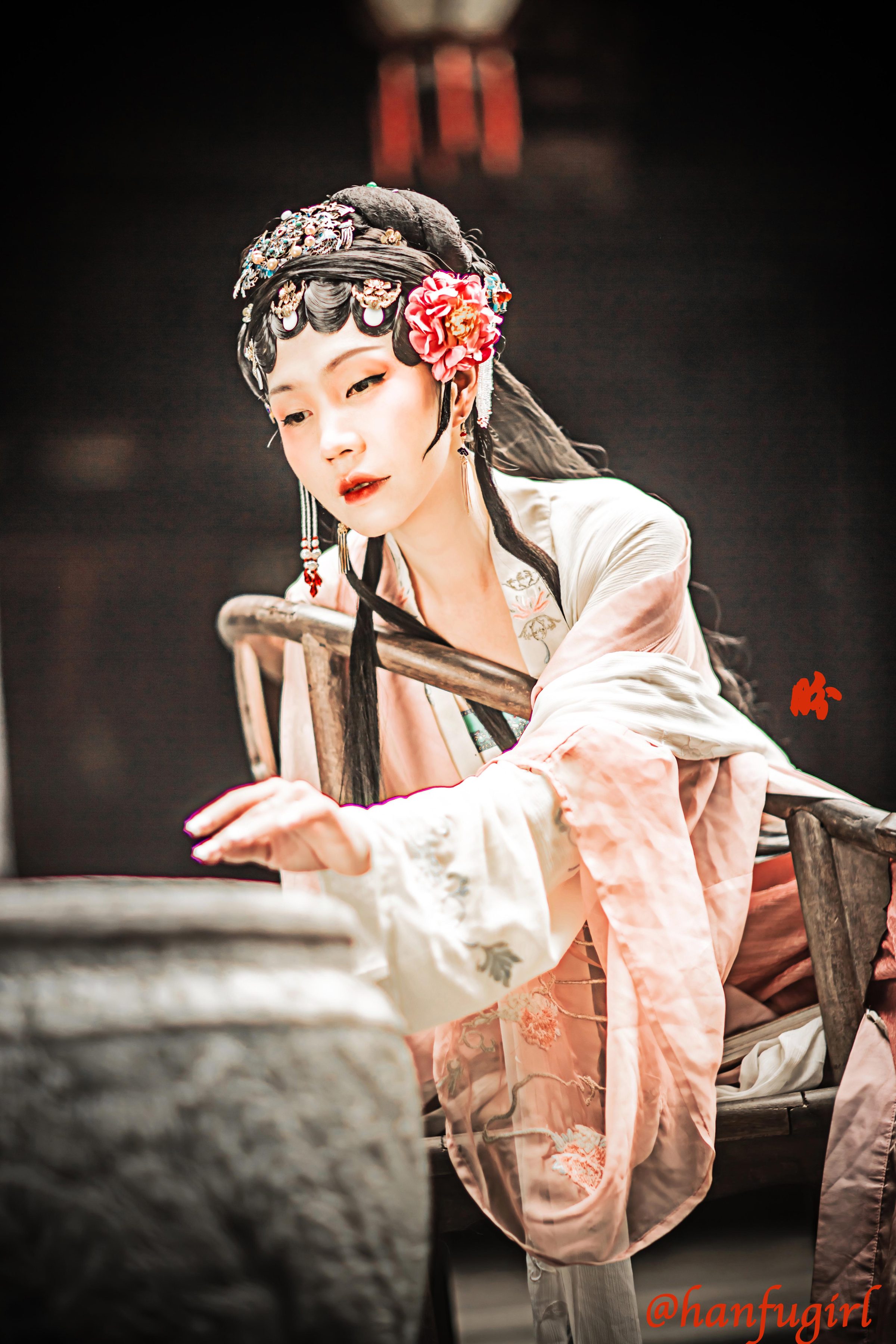
In The Peony Pavilion, the female protagonist woke up and died a broken heart, yearning for the young scholar and their reunion. After her death, her spirit went into the dream of the young scholar whom she dreamt of. Inception at its very best, historically. So they were living as couples for a while, between dreams and reality, the living and the dead spirit. Eventually the young scholar got help from a fairy god mother (a Taoist nun) to dig up the dead body of the female protagonist buried in the garden, and got her revived. This is not unlike the original Sleeping Beauty where she actually died after being pricked by the splinter of the flax. And the king who had sex with her was actually having sex with a dead person who looked like she was asleep (kind of necrophilic like the Peony Pavilion case but of course dreams and revival story makes it more palatable, just like the case of the Sleeping Beauty).
HAPPILY EVER AFTER
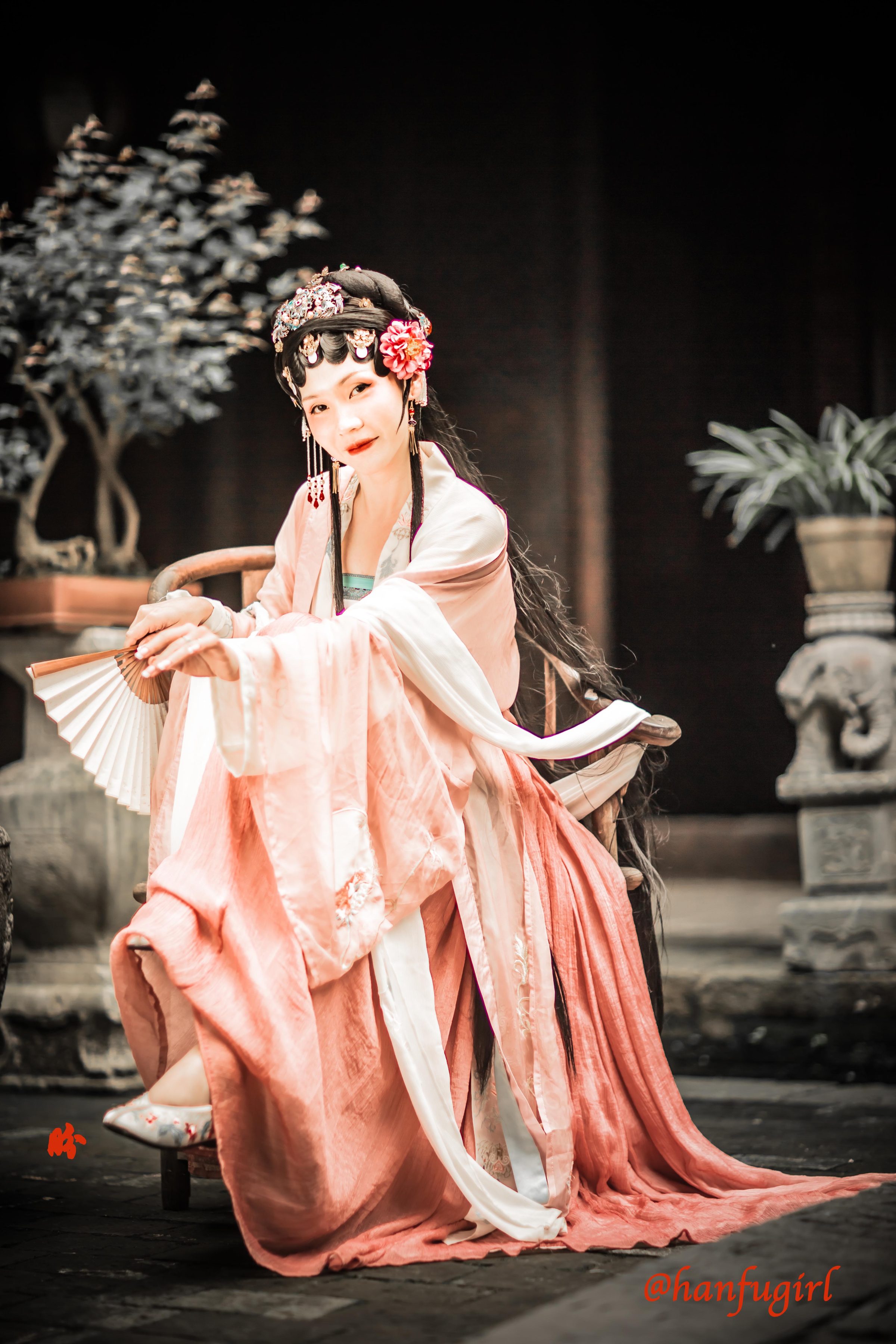
Such bizarre encounters in both the original Sleeping Beauty story and The Peony Pavilion end up with a happily ever after story (after battling many other obstacles along the way of course). The moral of the two stories were strangely opposite of what we thought of East vs West–the Western story of Sleeping Beauty advocated a docile, submissive woman who faithfully waits on a husband who raped her and accepted her fate whatever it is; the Chinese story of The Peony Pavilion showed a proactive (somewhat aggressively proactive) female who fights for her freedom to love and to be with a man she has chosen, in life and after death. So the next time, someone tells you that Chinese teaching is all about submissive women, show them these two stories.
CHINESE OPERA–THE KUN OPERA
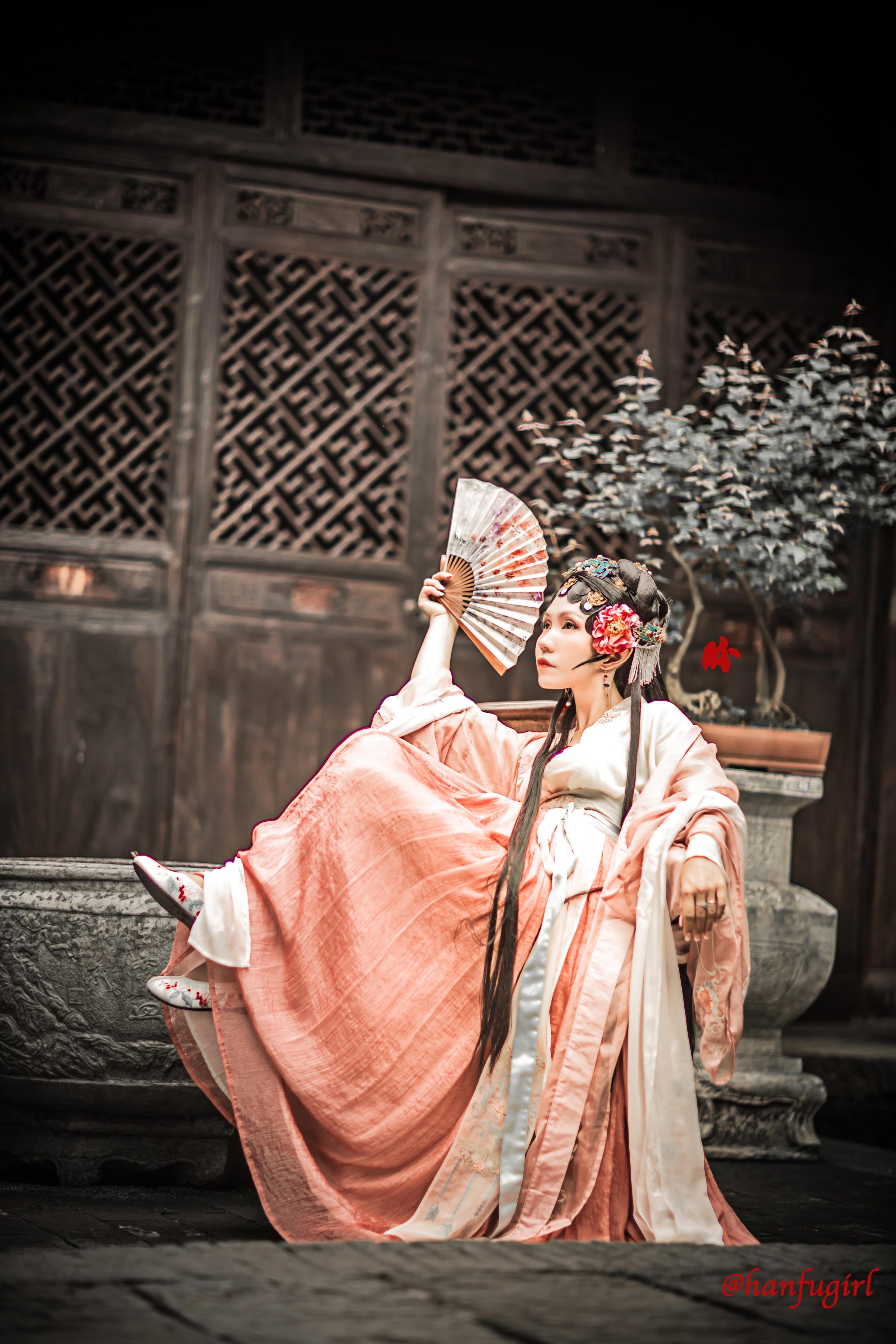
While most foreigners would know the Peking opera as the quintessentially Chinese theatre-opera repertoire, it might surprise you to know that the Peking Opera has a relatively short history of just over 200 years. The Peony Pavilion is actually a famous piece in the Kun Opera (Kunqu 昆曲) which is one of the oldest surviving performing theatre-opera, dating back to the 14th Century (over 600 years ago!).
So just a tip to show that you’re on par with the Chinese hipsters the next time you have a chat with the Chinese–mention Kun Opera instead of Peking Opera. Kun Opera is now the new-old kid on the block and the best namedrop to exhibit/showoff some high taste you have acquired as a culturally refined person.
If you are a fan of Yanxi Palace, you might recall the opening music of the show has some opera element towards the end of the piece, and that is actually sung in the style of the Kun Opera. And in the show, Imperial Consort Gao (Gao Guifei) was also performing the Kun Opera (historically accurate as she couldn’t be performing Peking Opera since it would not have been formed yet at that point in history). Another reason why Yanxi Palace is impressive in its historical research and accuracy.
ORIGIN OF THE PEONY PAVILION–THE TANG TALES

When we embarked on our Tang era research, we realised that many of the traditional Chinese art forms have their origins or greatest innovative change during the Tang dynasty. Indeed, it was a period where China was extremely open to foreign culture and influences, and it was also a very artistically vibrant period (probably as a result of the openness and that diversity). So it is no surprise that the original story of The Peony Pavilion is from The Tang Tales.
The Tang Tales was a manifestation of the party-going culture in Tang dynasty, and of course, the need to impress people with fascinatingly original and creative stories to showoff one’s literary talent and worthiness. To understand the extent of the party-going culture during the Tang dynasty, and the socio-political condition that resulted in the creation of The Tang Tales and likes, we need a proper lecture. We had one as part of the Hanfugirls Collective internal lecture series, and was about to share it with the public before COVID struck, but we will definitely present it at some point in the near future when we resume our Project Yanzilou.
PROJECT YANZILOU–REVIVING THE TANG COURTESAN HOUSE CULTURE
It is quite hilarious that we created our first Hanfugirl’s Collective project calendar–Yanzilou for 2020. HAH HAH. Very useful indeed, especially since it was a Party calendar–it detailed the various important holidays and dates in mid Tang dynasty period and how people would celebrate those with various forms of partying. Oh the irony!
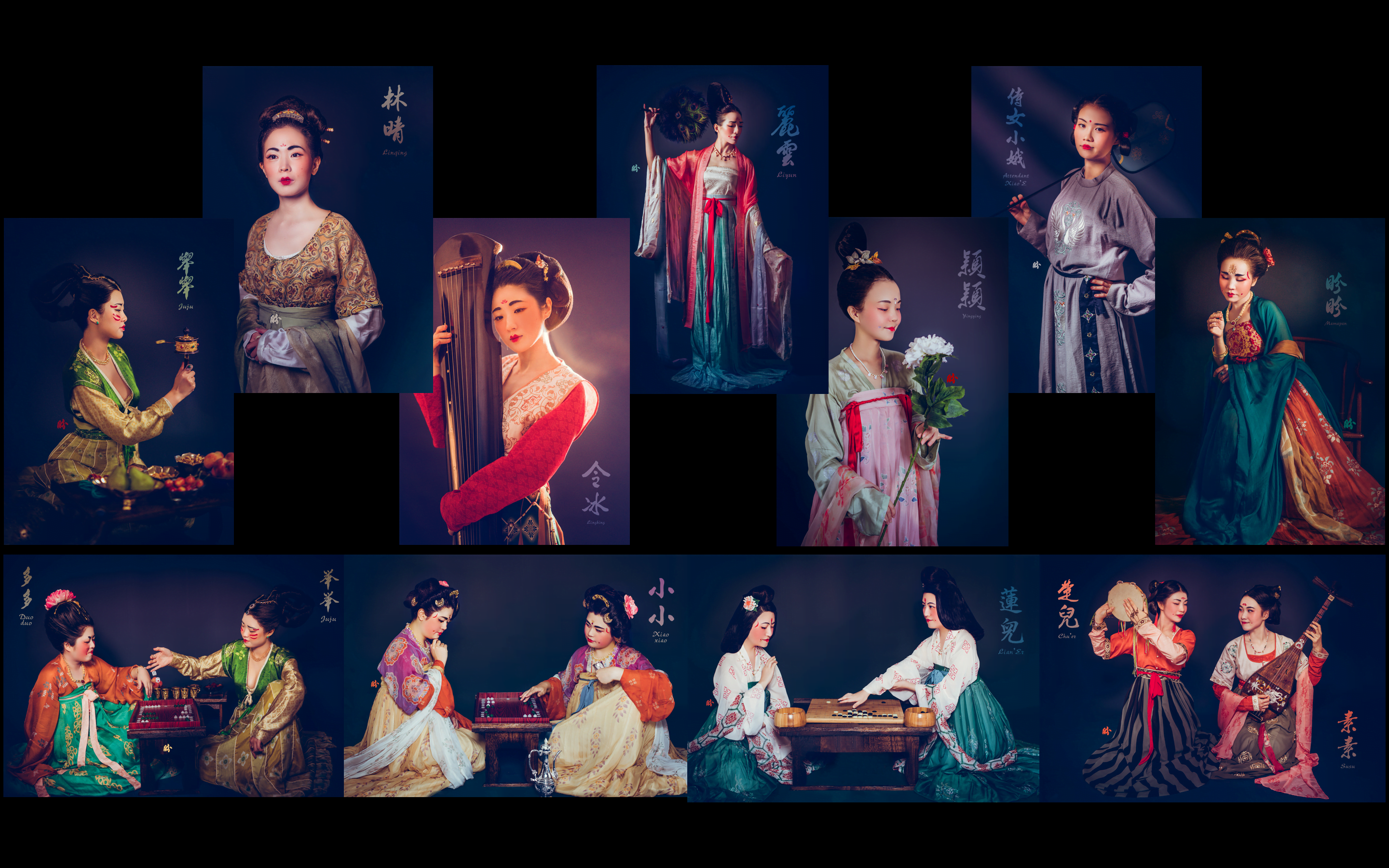
The Tang courtesan culture was instrumental in the thriving and development of various art forms during the Tang dynasty. And Courtesans were very talented individuals, well-versed in the arts (which the Geishas took after). The many tales that are passed down as Tang Tales would probably have been tales that are shared around the table in one of the many parties at a Courtesan House. I will be sharing some articles in detail about Tang courtesans and their arts in time, also introducing the Courtesans that we have trained at Yanzilou (a new-old Tang Courtesan House we have created).
I have yet to share the actual footages of the first party which we hosted at the Courtesan House earlier this year. It was a very magical and surreal experience. So, watch this space!
One response to “A Chinese Sleeping Beauty and Rapunzel story–The Peony Pavilion”
-

Thank you! I’ve always been curious about Peony Pavilion since seeing a snippet of the film (which spliced in a modern-day story – a girl with a calligraphy brush dripping black ink down her leg, that’s what i recall) – which had a kind of dream-like quality to it.

Leave a Reply